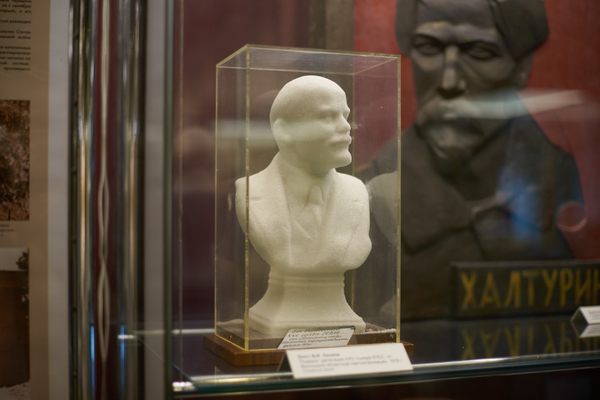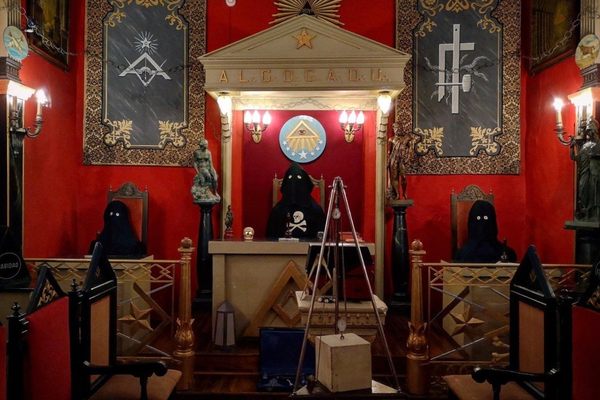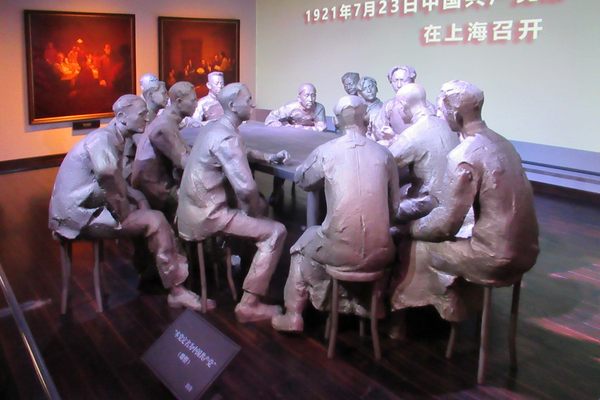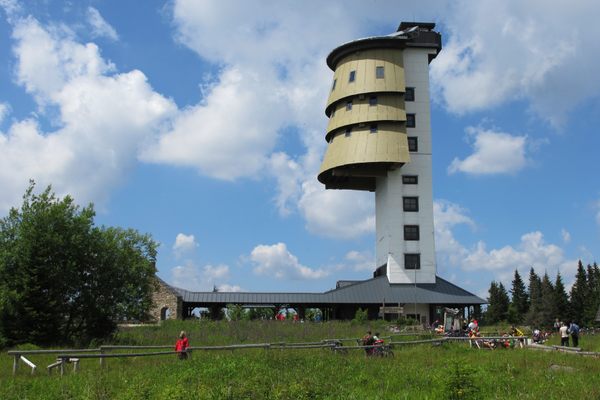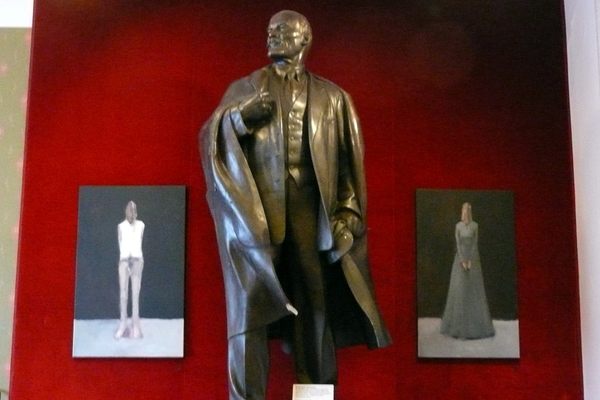About
As a correspondent for "The New York Times" quipped in early 2018, “People joke that it’s now easier in many Chinese cities to use Communist Party slogans rather than street names to give directions.” Propaganda is everywhere in China—giant red banners espousing the virtue of party loyalty are an inescapable fixture of the modern landscape. In Mandarin, the word “propaganda” itself has come to mean, simply, to “publicity.”
The News Memorial Hall in Yan’an highlights the Chinese government's use of media as a publicity tool, and proudly displays the roots of the propaganda tradition within the People’s Republic. Like many buildings in the dusty, historic city, the quiet museum is built into the slope of a mountain. Inside are three stories of artifacts, photos, and displays paying homage to the scrappy early days of Communist China’s propaganda arm.
Many scholars identify the historical roots of this propagandizing tradition to the time when the fledgling Chinese Communist Party was on the brink of extinction and desperately needed a morale boost. In 1936, facing defeat, the Communists established a ragtag government headquarters in the remote, dusty backwater of Yan’an. From there, the party endeavored to win the hearts and minds of the entire nation, establishing a propaganda machine whose preeminence continues today.
Perhaps the most striking display at the museum is a selection of newspaper drafts, with Mao Zedong’s handwritten corrections. Another exhibit shows one of the two radio transceivers that existed in all of Communist China and was treated as precious cargo.
Another display shows a video camera that Zhou Enlai, the second-in-command under Mao Zedong and future premier of China, personally had smuggled from Hong Kong. The Communists' most coveted cohort were the rural peasants, many of whom were illiterate, and as a result there was a notable multimedia bent to the early propaganda. The party relied heavily on broadcast radio and motion picture technology, equipment which needed to be smuggled into Yan’an and often delicately packed and repacked, moving with the guerilla forces.
Interestingly, the exhibits at the News Memorial Hall highlight, rather than hide, the political nature of the media. An informational plaque in the museum states, “The Party Central Committee attached great importance to the propaganda function of the newspaper.” It praises the Communist news for having “played an important role in spreading Marxism, Leninism, and Mao Zedong Thought, in publicizing guidelines and policies of the Party, and enriching people’s cultural life.”
Related Tags
Know Before You Go
Open 8am-5pm 7 days per week
40RMB entry fee, half off with student card
Name in Chinese (any taxi driver in city will know where to go with this):
延安新闻纪念馆
Community Contributors
Added By
Published
February 8, 2018














